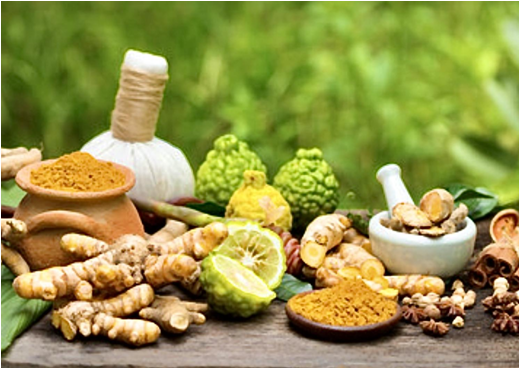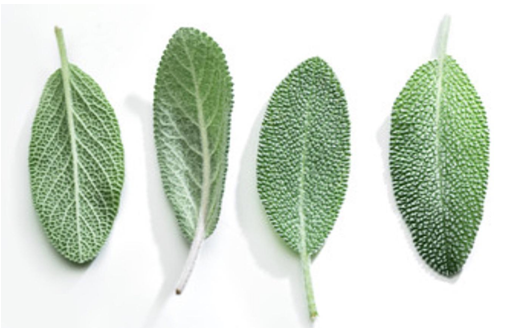Gingivitis is a gum inflammation that affects a significant part of humanity and is the most common form of periodontal disease – a disease of the tissues around the teeth.
The effect is due to bacterial infection in the gingival cells that cause gingivitis. There are bacteria in the human body without which it is impossible to understand, but within the membership and to behave, which is the case with gangreitis, which are harmful. The mouth is an ideal place for bacterial smoothing.
A warm, humid Monday and a steady supply of food are all bacteria need to evaluate. If you have a healthy immune system that is fortunately with us, the bacteria in our mouth would quickly get out of control.
Infection develops when the body's immune system is weaker than usual. Gingival disease, gingivitis, is an infection that occurs when bacteria invade the soft tissues and bones adjacent to the teeth. In this respect, you can be life-threatening.
Gingivization can be done to a much more serious gum placement, called periodontitis, and to tooth loss. The most common cause of gingivitis is poor oral hygiene. Good oral health habits, such as brushing your teeth twice a day on a Monday, using a dental floss daily and checking your teeth with a dentist, can help recommend gingivitis.
Symptoms
Mild gingivitis users may not experience discomfort or have any issues News, but when the disease is more pronounced,recognize gingivitis, you may want to:
- Bright red or purple gums
- Sensitive gums
- Bleeding of gums when brushing teeth
- Bad breath
- Inflammation or swollen gums
- Soft gums
Medical treatment
Perform non-surgical therapies that control bacterial excretion to find surgically assisted tissue support. Non-surgical treatment of gums, including:
Professional teeth cleaning
During a routine check-up, yourdentist or orthodontist will cover the plaque and tartar (the plaque that accumulates and hardens the dental surface can only be used with professional cleaning). If you have any recognition of gingivitis such as gingivitis, your dentist may recommend professional dental cleaning more than twice a year.
Tooth cleaning is not a treatment for active gum health. This is an important precaution that can help you stop this disease.
Some surgical treatments for gums:
Tissue regeneration
Make sure which bone supporting the teeth is destroyed. This procedure stimulates growth on bone tissue and gums.
Bone surgery
Smooth out shallow craters in bone, moderate and advanced bone loss occurs. This prevents the bacteria from collecting and dispersing in the kuna.
In some cases, the non-surgical procedure is anything that is needed to treat gum disease such as gingivitis. Surgical intention is necessary, except that the tissue around the teeth is diseased and cannot be repaired in non-surgical ways.
Ayurvedic treatment of gingivitis
Ayurvedic medicine and its herbal remedies can be measured from those of the gums if they need to be early. The diagnosis is based on individual elements such as came (Vata, Pita, Kafa). Herbal remedies are created specifically for each of them.
Follow some ayurvedic agents to treat gingivitis.
Start with the gums
Tooth brushing with natural toothpaste is the best way to brush or cover your gum solution. Ayurvedic therapeutic I recommend to note that the list is listed to be treated on gums.
Map Purkh Singh Khalsa, ayurvedic practitioner and author of the book Travel the Ayurvedic Herbs, says you need to test the blood and cover the bacteria from your mouth. Herb Nimes has strong antimicrobial properties that protect the teeth and surrounding tissues, while being able to immunize the system to fight infection.
Turmeric
Turmeric is part of the ginger family and is better known as the yellow wonder. Michael Thierra, co-author of The Path to Ayurvedic Herbs, says turmeric has strong anti-inflammatory and antioxidant properties. Turmeric reduces the impact and irritation of the gums. If you do not present natural turmeric, better substitutes can be used with turmeric capsules.
Betel nut
The kernel is a white infection eliminated from this and is found in therapeutic Ayurvedic medicine. Betel nut, better known as areca, is bitter and astringent. Required "Sushruta Samhita" is very suitable for protecting people from gums.
Echinacea
The immunostimulatory and antibacterial properties of echinacea make it one of the most important herbs for the treatment of gingivitis in Ayurveda. It is also used to soothe mouth ulcers and reduce gum swelling. The herb can be consumed as tea or a drop of echinacea tincture can be added to teas for treatment. Tincture can cause a slight tingling of the tongue, but this effect is safe and passes quickly.
Tea
This herb has a long history in Ayurvedic herbal medicine. It is used against gingivitis, as well as against * inflammation of the mouth, throat and tonsils. *
Chamomile
Ayurvedic therapists note that chamomile is equally effective in both common gargle or mouth water and in treating gingivitis. It can be used to prevent gingivitis by making strong tea to rinse your mouth or drink.
Salt water treatment
According to Ayurveda, rinsing the mouth with salt water can be very helpful in treating gingivitis gums. Salt is a natural disinfectant that helps the body get rid of bacteria.
Salt water can also:
- Soothe sore gums
- Relieve pain
- Reduce bacteria
- Removes bad breath
In conclusion
Herbal remedies should not, in principle, replace dental care, but go hand in hand with it. Always inform your dentist of any additional treatments you are taking.







0 Comments